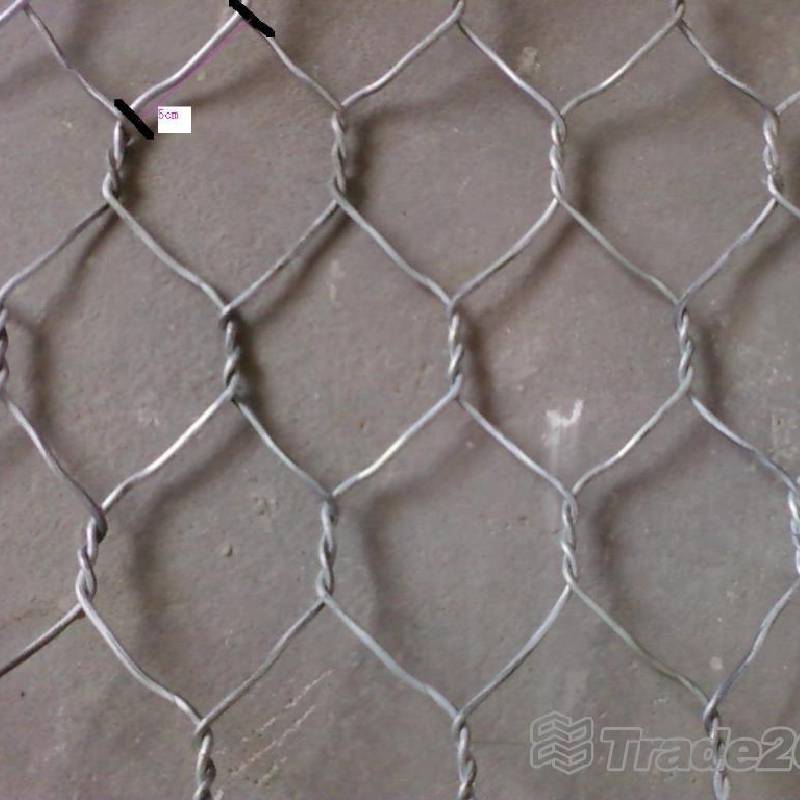
- Mobile Phone
- +8613931874955
- sales@cntcmetal.com
price of chicken mesh
The Price of Chicken Mesh A Comprehensive Overview
In the world of poultry farming, one of the most crucial elements that ensures the safety and well-being of chickens is the use of chicken mesh. Often referred to as chicken wire, this material serves vital functions—providing security against predators, preventing chickens from escaping, and facilitating effective ventilation in enclosures. Nevertheless, the price of chicken mesh can vary significantly based on several factors, and understanding these elements is crucial for farmers and poultry enthusiasts looking to invest wisely in this essential product.
Understanding Chicken Mesh
Chicken mesh comes in various types, sizes, and materials, which influence its price. The most common material used for chicken mesh is galvanized steel, known for its durability and resistance to rust. This type of mesh can last for several years, making it a popular choice among poultry farmers. Additionally, plastic chicken mesh is available, offering a lightweight alternative but generally lacking the strength and long-term durability of its metal counterpart.
The size of the mesh openings is another important aspect to consider. Smaller openings may be more expensive due to the increased material costs and the labor involved in manufacturing them. However, they provide better protection against smaller predators and prevent young chicks from escaping, which can be a valuable investment for farmers.
Factors Influencing Price
1. Material Quality The choice between galvanized steel and plastic chicken mesh can have a significant impact on the price. Galvanized steel, while typically more expensive, offers increased longevity and security. In contrast, plastic mesh is often cheaper but may need to be replaced more frequently.
price of chicken mesh

2. Mesh Size and Thickness Thicker mesh tends to cost more due to the increased material costs. The standard thickness for good quality chicken meshes typically ranges from 19 to 24 gauge. Choosing the right thickness is essential, especially in areas with higher predator activity, where a stronger mesh may be necessary.
3. Roll Size Chicken mesh usually comes in rolls of varying lengths and widths. Buying in bulk can often lead to cost savings, making it more economical for larger operations. A standard roll may range from 50 to 150 feet, and purchasing larger rolls can reduce the price per linear foot.
4. Brand and Availability Just like any other product, the brand can play a role in the pricing of chicken mesh. Established brands may charge a premium for their reputation and quality assurance. Additionally, local availability can affect prices; those living in rural areas might find it costly to transport chicken mesh, while urban centers may have more competition and thus lower prices.
5. Market Demand Seasonal fluctuations can also impact the price of chicken mesh. During peak poultry farming seasons, demand for chicken mesh may rise, leading to increased prices. Conversely, during off-peak seasons, retailers might lower prices to clear out inventory.
Conclusion
Investing in chicken mesh is a critical decision for anyone involved in poultry farming or keeping backyard chickens. Understanding the factors that influence the price can help ensure that farmers and enthusiasts alike make informed choices. By carefully considering the material, size, and local market conditions, one can find the right balance between quality and affordability.
Ultimately, while the price of chicken mesh is an important consideration, it should not be the sole determining factor. A well-built coop with high-quality chicken mesh can provide unparalleled safety and comfort for chickens, leading to healthier birds and, consequently, a more productive farming endeavor. Investing in chicken mesh should be viewed not just as a cost, but as a crucial component of successful poultry management.
share:
-
Why Sacrificial Formwork Is Redefining Underground ConstructionNewsJun.06,2025
-
The Structural Dynamics of Modern Concrete: How Snake Spacers Revolutionize Flexible ReinforcementNewsJun.06,2025
-
Snake Spacers Smart-Lock Concrete Reinforcement with Surgical PrecisionNewsJun.06,2025
-
Snake Spacers: Reinforcement Precision for Modern Concrete ProjectsNewsJun.06,2025
-
Snake Spacers Powering Concrete's Structural DNANewsJun.06,2025
-
Slither into Success: Snake Spacers' Precision Bite for Unbreakable ReinforcementNewsJun.06,2025
-
Sacrificial Formwork: Building Stronger, Faster, and Safer StructuresNewsJun.06,2025



















